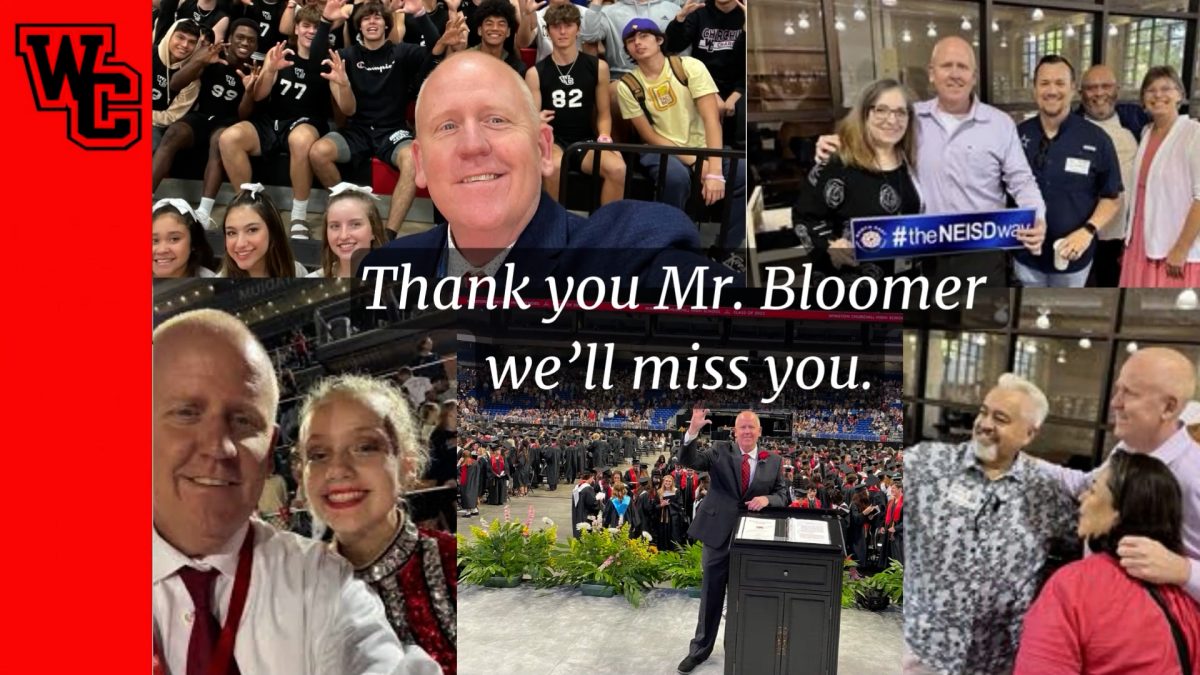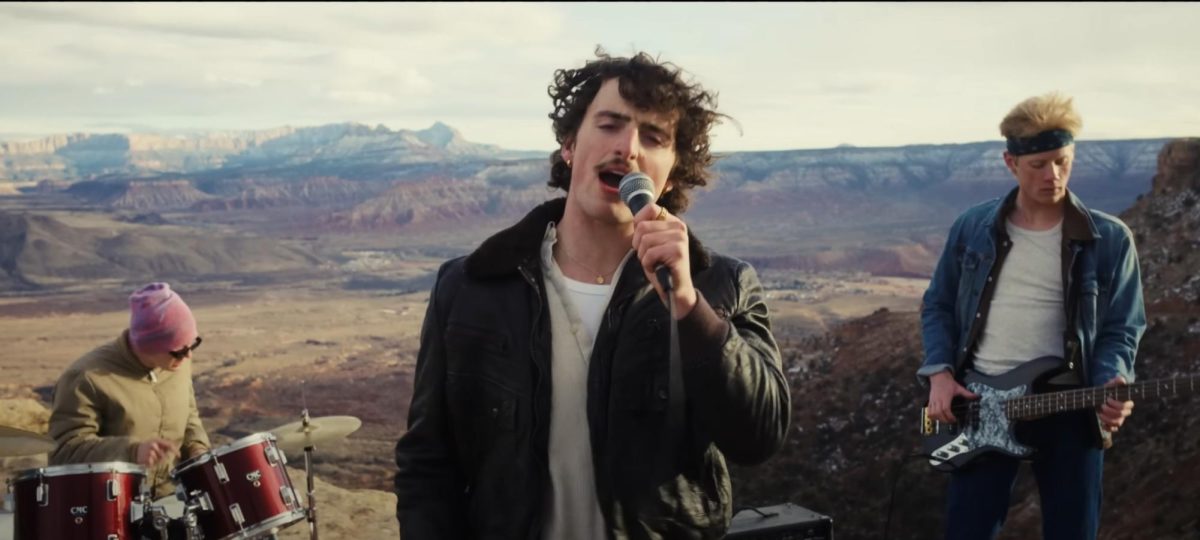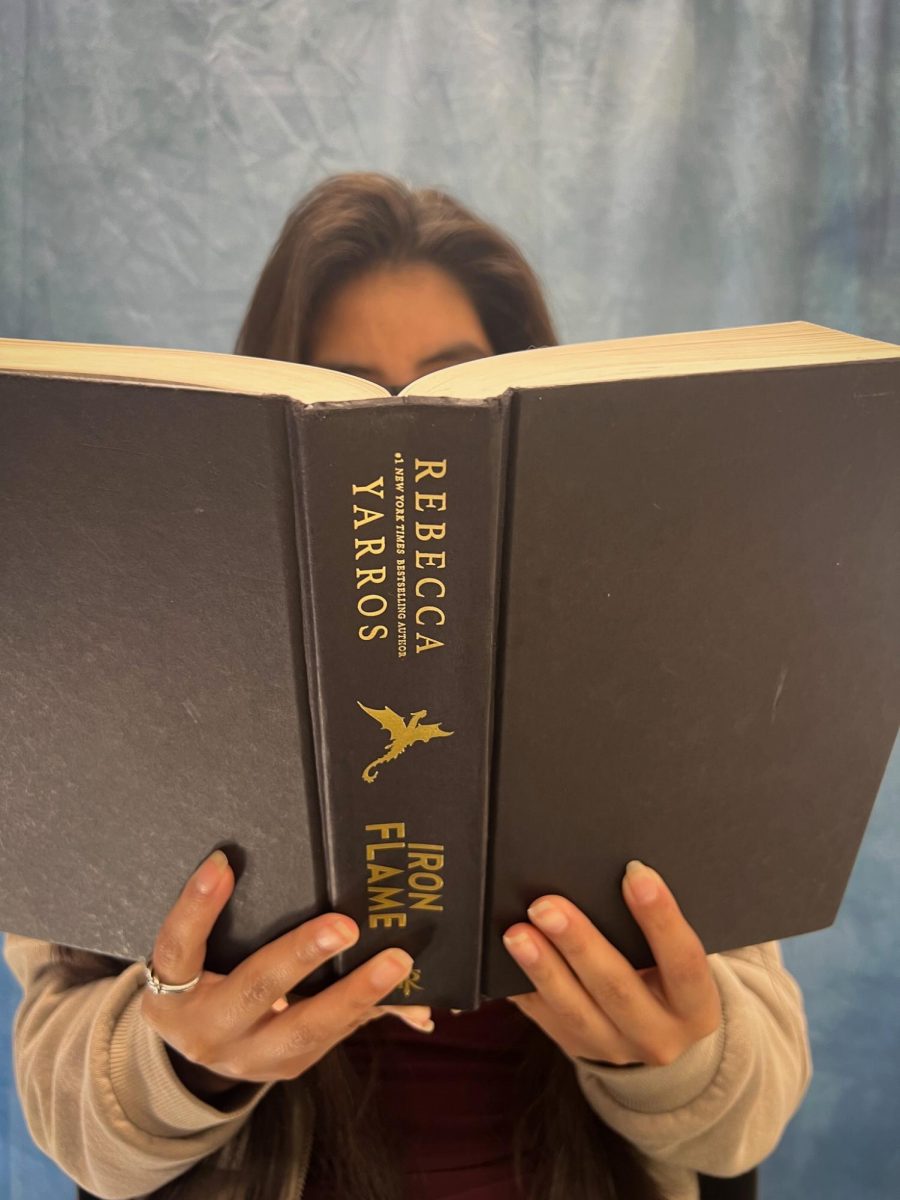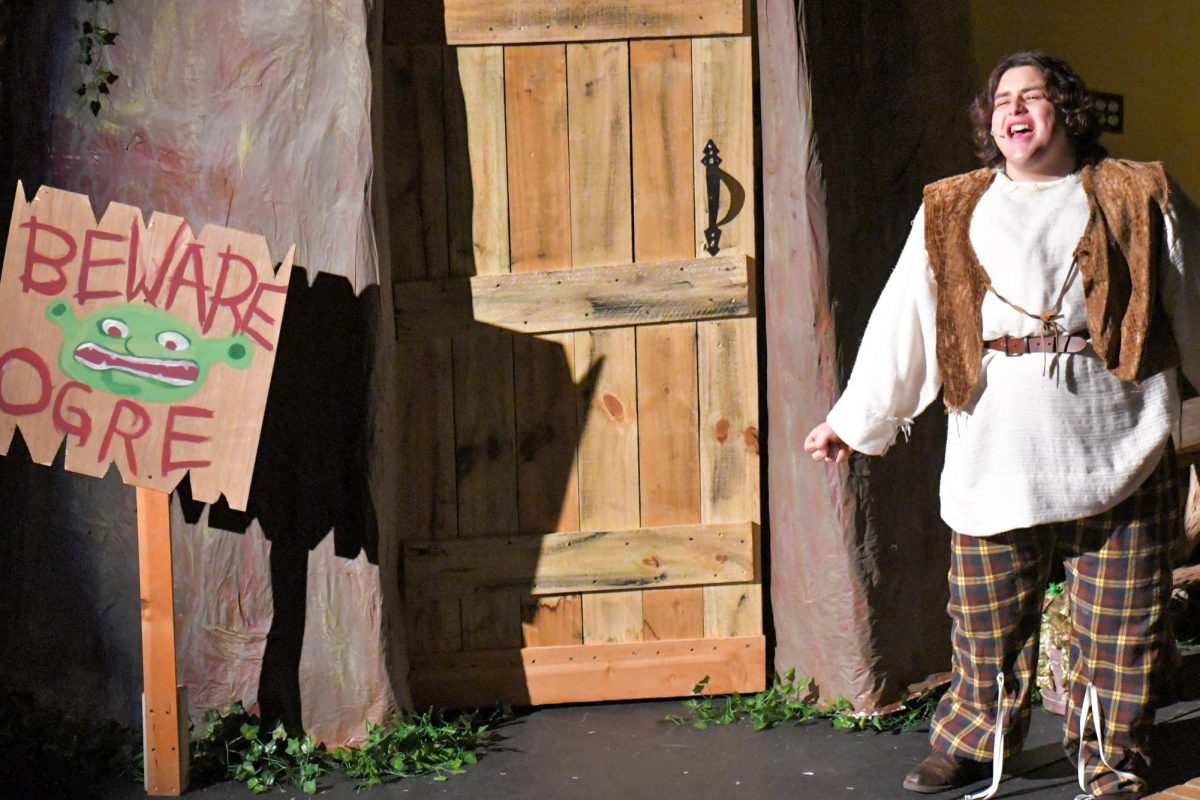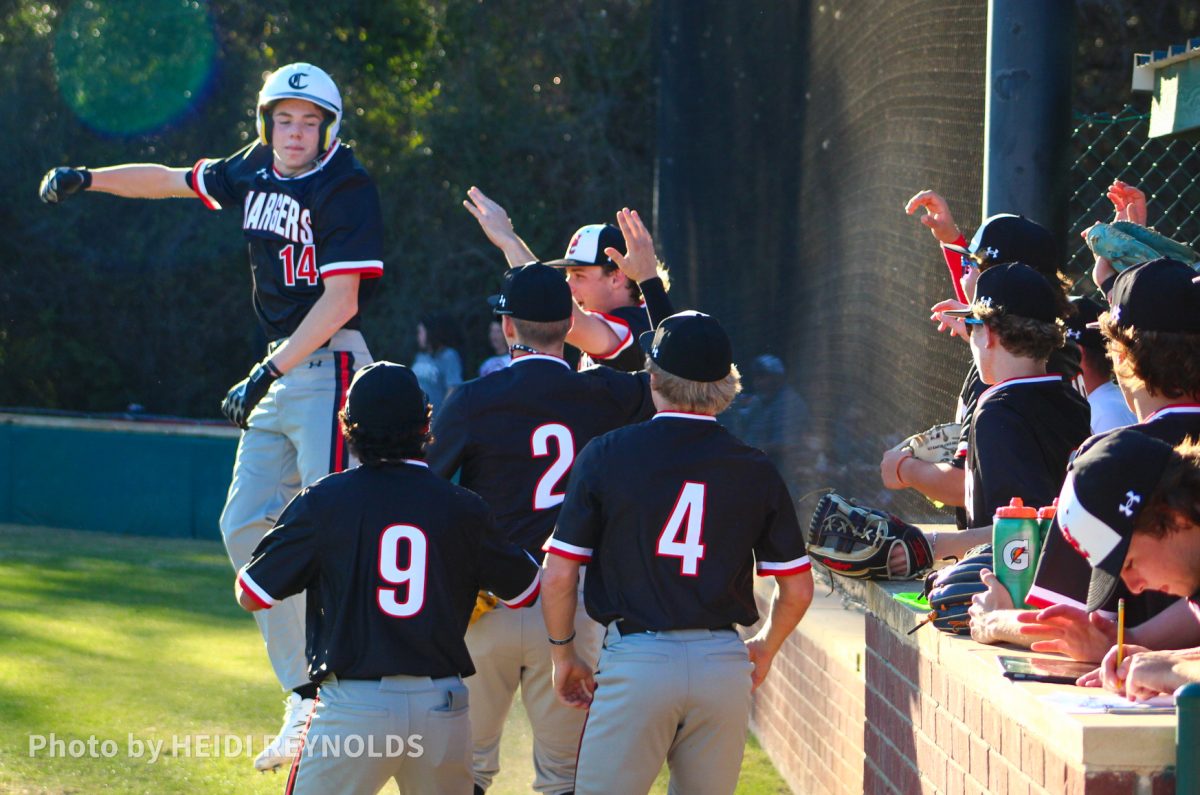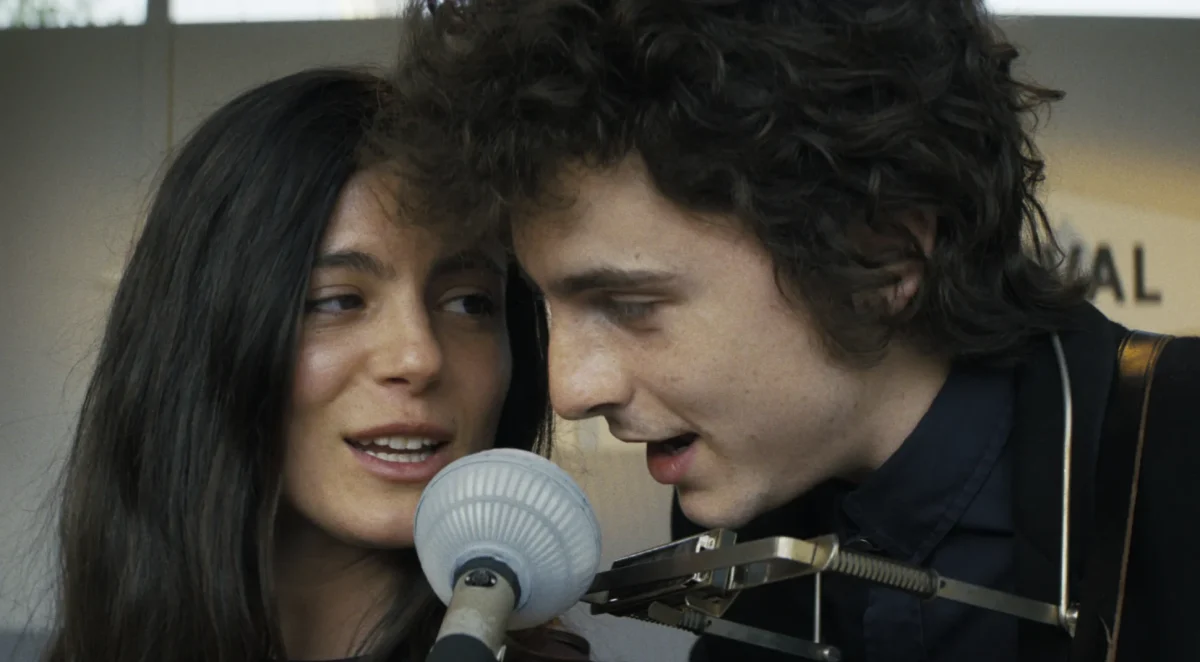From beloved folk singer to hated-by-the-hippies rock star… to country-blues-folk-rock superstar with a temper, remembered only by those depressed teens and old liberals.
Whereas projects of the past, such as the well-received 2005 documentary film by Martin Scorsese, No Direction Home, portrayed Dylan’s entire career and personal history up to that point of his life, the new 2024 movie, A Complete Unknown, focuses solely on Bob Dylan’s career from 1961-1965—from when 19-year-old Dylan got to New York looking for folk legend Woody Guthrie to the 1965 Newport Folk Festival, a year before the famous motorcycle accident. According to Smithsonian Magazine, the new movie was inspired by cultural historian Elijah Wald’s 2015 book, Dylan Goes Electric! Newport, Seeger, Dylan and the Night That Split the Sixties and the movie is exactly about that: the controversy surrounding Bob Dylan’s first years of his career and the world’s influence on his change from Folk to Folk Rock, reflecting the rebellion he felt toward certain historical events of the 1960s.
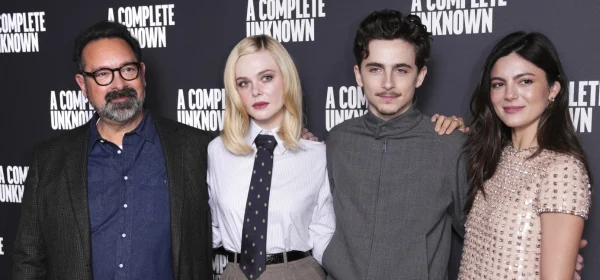
Now, cinematographically, I really enjoyed the frames and feel of the movie. Most scenes feel intimate like the audience is a third spectator in the scene. This—although, as emphasized by the director, the movie is less of a biopic and more of an ensemble piece and fable—created a sense of truthfulness to the human emotions embedded in the narrative. For example, and pardon the spoilers, in the scene where Dylan (Timothée Chalamet) and Joan Baez (Monica Barbaro) wake up in Sylvie Russo’s apartment, the frame used, and the emphasis on movement and eye location, really give it a rough and credible feel.
Historically, the film excels in capturing the political and cultural shifts of the early 1960s. From the civil rights movement to the Vietnam War’s growing shadow, the movie weaves these moments into Dylan’s narrative. For instance, the juxtaposition of Dylan’s inner turmoil about his evolving artistry and the external chaos of protests and political unrest adds weight to his transformation. It’s not just about the music—it’s about the clash of ideals, the disillusionment, and the pressure to remain a symbol for a movement he may never have intended to lead.
Musically, it is impressive that the cast, especially Chalamet and Barbaro, sung flawlessly Dylan’s and Baez’s music. Their live performances—recorded on set rather than lip-synced—added a rawness and authenticity to the film, complementing its intimate cinematography. Hearing Chalamet’s gravelly imitation of Dylan’s early voice was startlingly good, almost eerie, while Barbaro brought a lightness and emotional depth to Baez’s classics that balanced their dynamic perfectly.
In conclusion, A Complete Unknown isn’t just a film about Dylan—it’s a film about rebellion, change, and the cost of breaking expectations. Whether you’re a lifelong fan of Dylan or just someone who appreciates a story about defiance in the face of tradition, this film delivers on all fronts.

